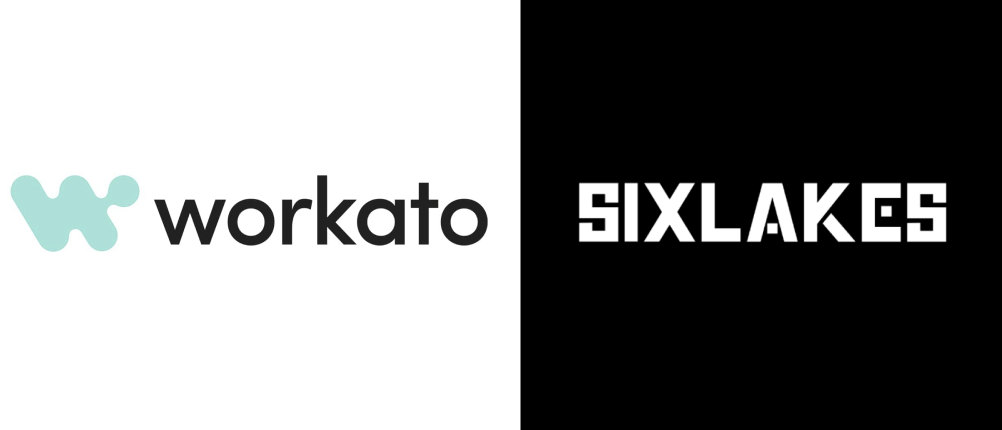Choosing the right call center quality monitoring software means balancing compliance, agent coaching, and AI-powered insights — this guide shows the top tools, how to evaluate them, and includes free templates you can download.
What is Call Center Quality Monitoring Software?
Call center quality monitoring software records, analyzes, and evaluates customer interactions across voice, chat, email, and social channels. These platforms help managers assess agent performance, ensure compliance with scripts and regulations, identify training opportunities, and ultimately improve customer experience outcomes.
Modern quality monitoring solutions have evolved far beyond simple call recording. These platforms use AI and machine learning to automatically score conversations, detect sentiment shifts without manual review. This transformation has made quality assurance scalable even for high-volume contact centers that handle thousands of daily interactions.
Organizations typically implement quality monitoring software when they need to standardize service delivery, reduce compliance risk, decrease average handle time, or improve first-call resolution rates. The software becomes essential when manual quality checks can no longer keep pace with interaction volume or when leadership needs data-driven insights into what’s happening in customer conversations.
Key Features to Look for in Call Center Quality Software
- Automated Call Recording and Screen Capture: Any quality monitoring system has comprehensive recording capability. Try to look for solutions that capture audio, screen activity, and metadata across all communication channels without gaps. The best platforms offer cloud-based storage with configurable retention policies that align with your compliance requirements.
- AI-Powered Quality Scoring: Manual call evaluation is time-intensive and prone to evaluator bias. Advanced platforms now use natural language processing and speech analytics to automatically score interactions against your quality frameworks. These AI models can analyze 100% of conversations rather than the traditional 2-3% sample size, giving you complete visibility into performance patterns.
- Customizable Evaluation Forms: Your quality scorecard should reflect your specific business objectives and customer experience standards. Prioritize platforms that let you build flexible evaluation forms with weighted criteria, conditional logic, and role-specific scorecards for different teams or campaigns.
- Real-Time Agent Guidance: The most impactful quality monitoring happens during the conversation, not days later. Look for features like call center scripting software that provides agents with dynamic prompts based on conversation flow, next-best-action recommendations, and real-time alerts when calls go off track.
- Coaching Workflow Management: Quality monitoring data only drives improvement when it connects to structured coaching. Evaluate platforms that include coaching session scheduling, progress tracking, acknowledgment workflows, and the ability to share specific call excerpts or transcripts as coaching examples.
- Analytics and Reporting Dashboards: Decision-makers need visibility into quality trends across teams, time periods, and interaction types. The best solutions offer customizable dashboards that surface critical KPIs, trend analysis, agent comparison views, and the ability to drill down from high-level metrics to individual interaction details.
- Integration Capabilities: Quality monitoring software should connect seamlessly with your existing infrastructure. Verify that solutions integrate with your CRM system, workforce management platform, telephony system, and learning management system to create a unified agent experience and consolidated data environment.
Call Center Scripting and Coaching Integration
Call center scripting software works with quality monitoring to create a complete performance improvement system. While quality monitoring identifies what happened, scripting solutions guide what should happen by providing agents with conversation frameworks, compliance-required disclosures, and dynamic prompts based on customer responses.
The most effective implementations connect scripting directly to quality evaluation criteria. When your quality scorecard measures adherence to specific talk tracks or disclosure requirements, your scripting tool should surface those exact elements during live conversations. This creates a closed loop where agents receive real-time guidance, and quality reviewers can objectively measure compliance with those standards.
Modern platforms have moved beyond static scripts to adaptive guidance systems. These tools use conversation intelligence to detect customer intent, emotional state, and objection patterns, then surface relevant responses or knowledge articles in real time. This approach maintains conversation authenticity while ensuring agents have the support they need to handle complex scenarios confidently.
Top Call Center Quality Monitoring Solutions Compared
| Solution | Best For | Key Strengths | Free Trial |
| Calabrio ONE | Enterprise contact centers | Workforce optimization suite with advanced analytics | Demo available |
| Omind AI QMS | AI-native quality management | Automated quality scoring with conversational AI insights | Demo available |
| NICE CXone | Omnichannel operations | AI-powered interaction analytics across all channels | 30-day trial |
| Scorebuddy | Mid-market teams | User-friendly interface with strong coaching workflows | 14-day trial |
| Playvox | Quality + engagement | Gamification and agent engagement tools | Demo available |
| MaestroQA | Support-focused teams | Lightweight QA with strong integrations | 14-day trial |
| Observe.AI | AI-first organizations | Real-time agent assist and auto-scoring | Demo available |
- Enterprise Solutions: Calabrio ONE, AI QMS by Omind and NICE CXone dominate the enterprise market with comprehensive workforce optimization suites that bundle quality monitoring with forecasting, scheduling, and performance management. These platforms offer the most sophisticated analytics and can handle massive interaction volumes, but they require significant implementation investment and longer deployment timelines.
- Mid-Market Leaders: Scorebuddy and Playvox strike a balance between functionality and ease of use. They provide robust quality management features without the complexity overhead of enterprise suites. These solutions typically deploy faster and offer more transparent pricing, making them ideal for contact centers with 50-500 agents.
- Specialized Solutions: MaestroQA focuses specifically on customer support teams and integrates deeply with helpdesk platforms like Zendesk and Intercom. Observe.AI leads in AI-native capabilities, offering the most advanced real-time agent assistance and automated quality scoring for organizations prioritizing artificial intelligence.
Best Free Options, PDFs, and Downloads
While enterprise-grade quality monitoring platforms require investment, several options exist for organizations with limited budgets or those wanting to test the waters:
- Free Trials and Freemium Tiers: Most quality monitoring vendors offer 14–30-day free trials with full feature access. They provide generous trial periods that let you evaluate the platform with real data. Some vendors offer limited free tiers for very small teams with basic recording and evaluation capabilities.
- Free Quality Monitoring Templates: You can download comprehensive QA scorecard template that includes evaluation criteria for communication skills, problem-solving, compliance, and customer satisfaction. This template works with any quality monitoring system or can be used for manual evaluations as while searching for suitable software options.
- Free Call Monitoring Checklists: Check implementation checklist (PDF download) that walks through the steps to launch a quality monitoring program, from stakeholder alignment and scorecard design to agent communication and ongoing calibration sessions.
How to Evaluate and Choose the Right Quality Monitoring Tool
- Step 1: Define Your Quality Objectives: Start by clarifying what you want to achieve. Are you primarily focused on compliance risk reduction, customer satisfaction improvement, agent development, or operational efficiency? Your primary objective should drive feature prioritization and vendor selection.
- Step 2: Assess Current State and Gaps: Document your current quality monitoring process. How many interactions do you currently evaluate? What’s your current sample size? How long does evaluation take? Where do bottlenecks exist? Understanding your baseline helps you set realistic improvement targets and calculate potential ROI.
- Step 3: Create Your Evaluation Scorecard: Build a weighted scorecard for vendor evaluation that includes must-have features, implementation requirements, integration needs, user experience factors, and total cost of ownership. Involve stakeholders from quality, operations, IT, and agent representatives to ensure comprehensive requirements gathering.
- Step 4: Run Parallel Pilots: Shortlist 2-3 vendors and run concurrent pilots with real data if possible. Have your quality team evaluate the same set of interactions in each platform and gather feedback on usability, scoring accuracy, and reporting utility. This hands-on comparison reveals platform differences that aren’t apparent in demos.
- Step 5: Calculate Total Cost of Ownership: Look beyond per-agent subscription fees. Factor in implementation costs, integration development, training time, ongoing administration requirements, and potential savings from automation. A higher-priced platform with robust automation may cost less over three years than a cheaper solution requiring manual workarounds.
Making Your Final Decision
The right call center quality monitoring software aligns with your contact center’s maturity level, integration ecosystem, and strategic priorities. Enterprise organizations managing complex omnichannel operations benefit from comprehensive platforms like AI QMS by Omind or Calabrio ONE offer sophisticated analytics and workforce optimization integration. Mid-market contact centers often find better value and faster time-to-value with focused solutions, delivering core quality management capabilities.
The best quality monitoring software is the one that becomes embedded in your daily operations rather than generating reports that sit unread. Focus on platforms that make evaluation faster, coaching more targeted, and improvement more visible to agents and leadership alike.



